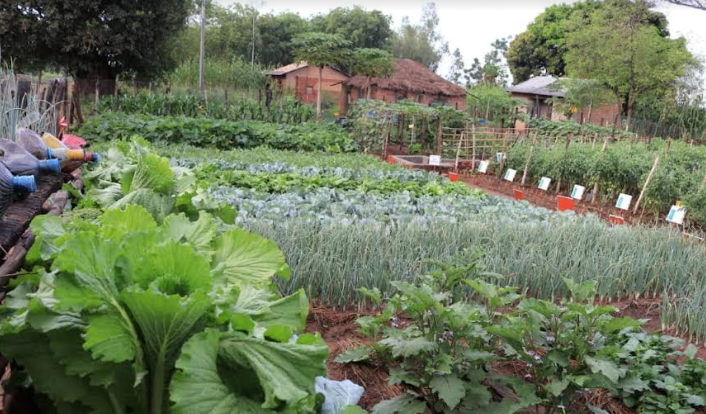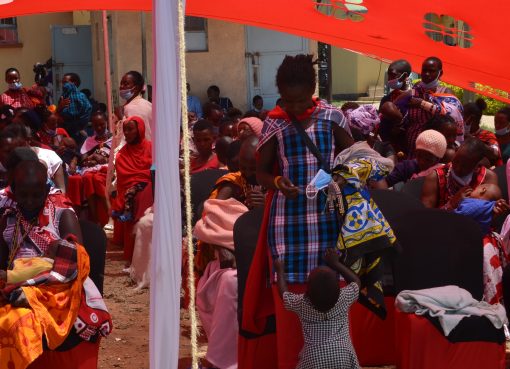A United Kingdom-based organisation, Practical Action, in partnership with the County Government of Busia, has embarked on training youth to use modern technology to boost agricultural production by over 60 per cent by 2025.
The five-year project dubbed Resilience Agriculture for Youth (RAY) has placed youths at the centre of efforts to transform agriculture, and it will see over 10,000 youth drawn from four sub-counties (Nambale, Matayos, Butula, and Teso South) benefit from skills upgrades for value chain addition, including poultry, African leafy vegetables, edible oils, and dairy farming.
Speaking to the press in Busia after a field visit, Brian Etemesi Sande, Practical Action’s Project Coordinator for Resilience Agriculture, noted that despite rural youth carrying the promise of being custodians of food security in the future, only 25% of youths in Busia are actively involved in agriculture, with a larger percentage opting to move to towns in search of white-collar jobs.
“Kenya has witnessed remarkable economic growth and holds great promise for the future. However, amidst this progress, there is a vital aspect that remains untapped: the immense potential of agriculture to generate employment for millions of youths hustling in towns,” said Etemesi.
The organisation focuses on food and agriculture systems, touching on gender equity among youths, market access, agricultural research and innovation, aquaculture, and building resilience in agriculture.
The resilience agriculture project comes at a time when the county has launched an Export Processing Zone (EPZ) at Nasewa, enabling the revival of cotton and edible oil farming.
According to a study by the International Labour Organisation (ILO) in 2018, the agriculture sector in Kenya has the capacity to employ over 30 per cent of Kenyans based on favourable conditions that support agriculture.
“We have already empowered over 400 youths in Busia who were recruited to be trained on poultry production, with a second phase targeting youths willing to engage in edible oil production,” he added.
The organisation has decided to create an attractive environment that will see youths value agriculture as a form of empowerment, despite a few hiccups that have hampered the success of the sector emanating from global warming, high prices of farm input, and cartels in the sector who have paralysed the agriculture sector.
“Youths are slowly embracing agriculture under the ‘mentor-mentee’ approach that aims at equipping youths with technology that supports modern agriculture,” noted Etemesi.
The same sentiments were echoed by Emmanuel Kerir, the project M&E coordinator, who noted that to attract youths to agriculture, the country needs to move away from traditional, subsistence-based agriculture to technological and innovative agriculture that supports advanced career paths.
“Our objective is to oversee work that can provide a blueprint for the whole rural economy. There is potential in rural areas which must be tapped,” said Kerir.
Mapesa Fleven, a 24-year-old from Nambale township ward in Nambale sub-county, is one of the beneficiaries who practices African Leafy Vegetables (ALV) cultivation, citing the opportunities geared by the organisation opening up their market scope both locally and internationally.
“I practice ALVs because they form 80 per cent of vegetables consumed in rural setups. I have been building capacity, and my approach to agriculture is different,” said Mapesa.
Traditionally, ALVs formed an important component of the diet for rural and urban dwellers. They are cheap, thus affordable, and also rich in micronutrients that are lacking in exotic vegetables and simplified urban diets, making them important for nutrition.
The project is delivered in partnership with the MasterCard Foundation under its ‘Young Africa Work’ strategy, which seeks to enable 30 million young people in Africa to access dignified and fulfilling work by 2030. It will be implemented in nine counties, with Busia among them.
By Absalom Namwalo




